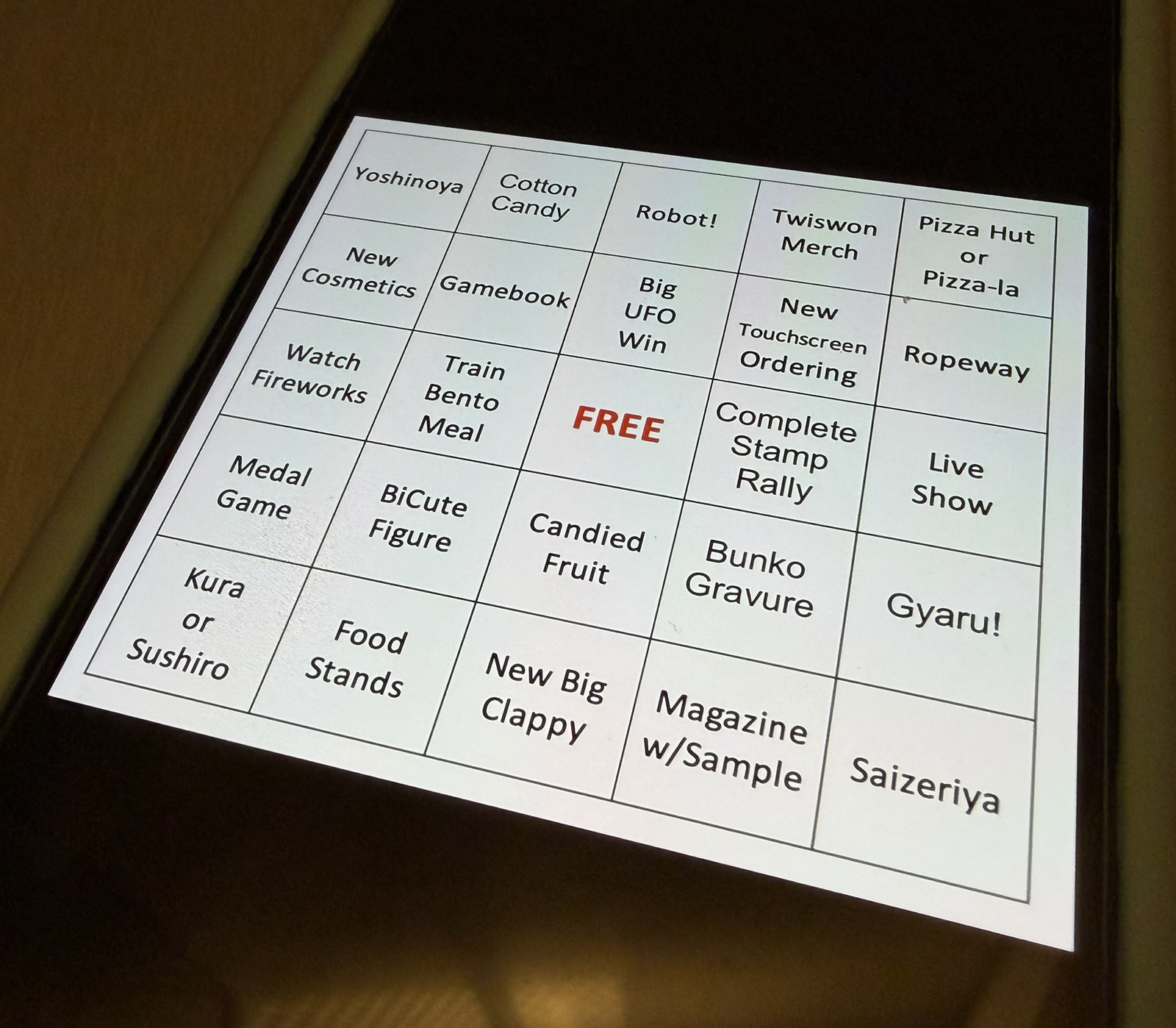
Christmas is traditionally a day for fried chicken here in Japan, but our festive meal was sushi! We got to the Sushiro in Shibuya upon opening, and I had a hamburger sushi in my mouth only moments later.

KLS had all manner of items, from snow crab leg nigiri to seared shrimp to mozzarella tempura and she loved it all. Better yet, we didn’t have to clean up!

Christmas in Japan is always a bit strange since the day is just like any other, and even when I wished a few store clerks a happy Christmas most either ignored me or seemed bemused 🙂

We shopped and managed to cross an item or two off our ‘bring it back home’ lists. We ate some heavenly candy apple (above) and eventually found ourselves back at the ‘medal games’ we dabbled with yesterday, where we unexpectedly won a criminally large jackpot. A shame it wasn’t real cash, but these games are fun as I’ll reveal in a post before this trips up.
Since we’re operating on only about a half-dozen hours of sleep in three days it’s time for an early bed. Tomorrow brings a change in location and the start of a week of rest and relaxation. I’m looking forward to it!







